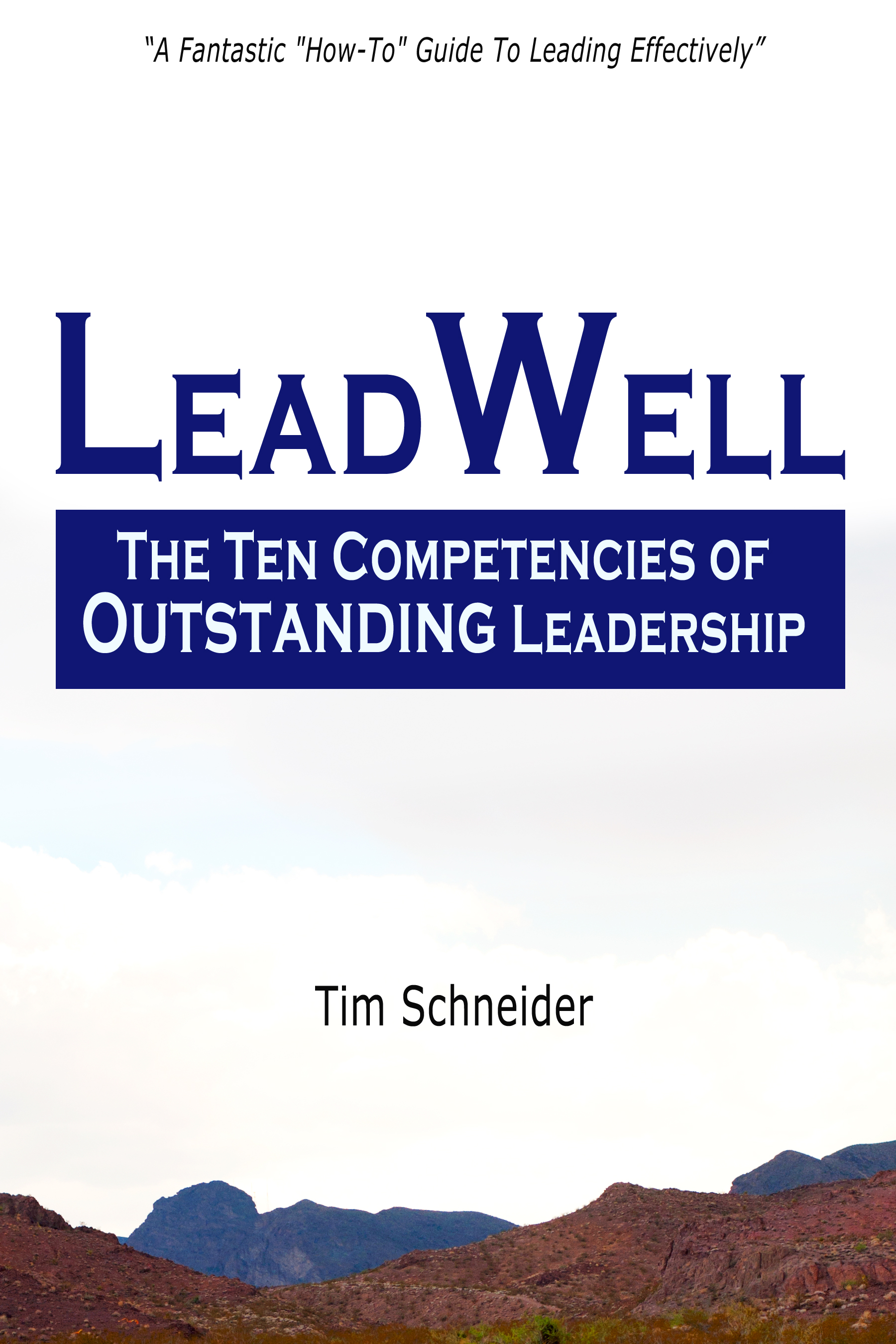
Title: LeadWell: The Ten Competencies of Outstanding Leadership
Author: Tim Schneider
Subject: Non-fiction
Release Date: Available Soon
Reviewer: Maria Josey
Tim Schneider’s book, LeadWell: The Ten Competencies of Outstanding Leadership, offers readers a straightforward take on the ten basic tenets of leadership. Examples include communication, coaching, emotional intelligence, risk taking, managing change and strategic planning. Schneider is the president of Soaring Eagle Enterprises, Inc. and has been an adjunct professor and a senior executive in multiple financial service companies.
Overall, Schneider explains many useful thoughts and ideas. For example, he emphasizes the importance of leaders frequently communicating with their team members, especially on an individual level, in order to build trust. Schneider provides detailed suggestions on how to give both positive and negative feedback, including specifics on the importance of separating the two. He addresses the psychology behind team members’ thinking and their potential reactions. Exploring one’s own personality traits, peer-based feedback and continuing process improvement are just a few of the numerous issues he considers.
One frustrating aspect of Schneider’s book is when he raises important points only to leave their implementation murky. For example, he reminds readers that leaders are most able to positively change and develop personally after failures, rather than successes. He suggests that leaders should instead use success as an impetus to development, but offers no ideas as to how to accomplish this difficult task. Also, he encourages leaders to improve their skills, learn, grow and adapt to their ever-changing environments. Yet he does not go on to explain specific ways on how leaders can do this.
The points covered by Schneider are genuinely beneficial to leaders. The question is whether the information provided is too simplistic to help any but the most novice managers. The concepts are already familiar. Readers may benefit from being reminded of these best practices as a brush-up. A few elements may be particularly helpful to a struggling leader. At the same time, the information lacks the spark of truly innovative and forward thinking.
Given that these are really more tried and true pieces of advice and knowledge, should busy leaders take the time to read this book? Here is something to consider. Schneider mentions the importance of differentiating between the “reply” and “reply all” features in email. As fundamental as this is, mistakes here can be surprisingly costly. Reminders like this alone may prove invaluable.
